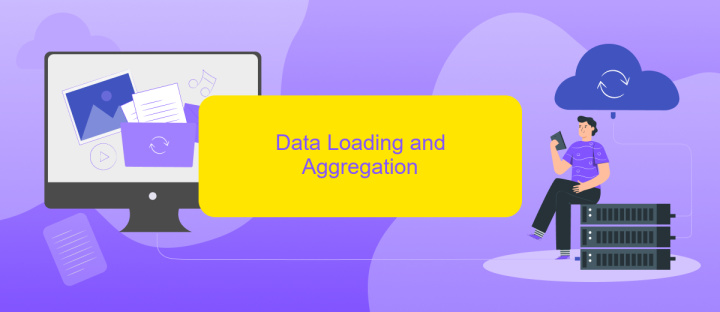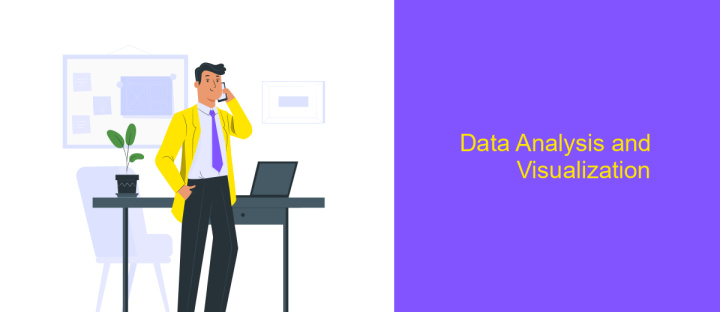Ads Data Integration to SQL Azure
Integrating Ads Data with SQL Azure can significantly enhance your data analytics capabilities by centralizing diverse advertising metrics into a single, scalable cloud database. This article explores the step-by-step process of connecting various ad platforms to SQL Azure, enabling more efficient data management and insightful business intelligence. Discover how seamless data integration can drive smarter marketing strategies and optimize your ad spend.
Introduction
In today's data-driven world, businesses rely heavily on data integration to make informed decisions and optimize operations. Integrating advertising data into SQL Azure can provide a comprehensive view of marketing performance, allowing for more accurate analysis and reporting. This process involves extracting data from various ad platforms, transforming it to match the schema of your SQL Azure database, and loading it efficiently to ensure up-to-date insights.
- Enhanced data accessibility and centralization
- Improved data accuracy and consistency
- Real-time analytics and reporting capabilities
- Scalability to handle growing data volumes
By leveraging SQL Azure for ads data integration, organizations can unlock the full potential of their marketing data. This enables data teams to focus on analysis rather than data management, leading to more strategic decision-making and better allocation of marketing resources. Ultimately, integrating ads data into SQL Azure helps businesses stay competitive in a rapidly evolving digital landscape.
Data Storage and Transformation

Data storage in SQL Azure offers scalable, secure, and high-performance solutions for managing large volumes of advertising data. By leveraging SQL Azure, businesses can ensure data integrity and availability, which are critical for accurate reporting and analysis. The platform supports various data types and provides advanced querying capabilities, making it easier to integrate and analyze data from multiple advertising sources.
Transformation of this data is essential for gaining actionable insights. Tools like ApiX-Drive can automate the integration process, enabling seamless data flow from various ad platforms into SQL Azure. With ApiX-Drive, businesses can set up custom workflows to transform raw data into structured formats suitable for analysis. This automation reduces manual effort, minimizes errors, and ensures that the data is always up-to-date, thereby enhancing decision-making processes.
Data Loading and Aggregation

Data loading and aggregation are critical steps in integrating ads data into SQL Azure. Efficient data loading ensures that large volumes of data are transferred quickly and accurately, while aggregation helps in summarizing and analyzing the data to extract meaningful insights. Properly executed, these processes can significantly enhance the performance and utility of your ads data in SQL Azure.
- Extract data from various advertising platforms using APIs or data export tools.
- Transform the extracted data to match the schema of your SQL Azure database.
- Load the transformed data into SQL Azure using bulk insert operations or data integration tools.
- Aggregate the loaded data using SQL queries to generate summaries, such as total ad spend, click-through rates, and conversion metrics.
- Schedule regular data loading and aggregation tasks to keep your data up-to-date and relevant.
By following these steps, you can ensure that your ads data is efficiently loaded and aggregated in SQL Azure, providing you with timely and actionable insights. This process not only improves data accuracy but also enhances decision-making capabilities by offering a comprehensive view of your advertising performance.
Data Analysis and Visualization

Once your ads data is integrated into SQL Azure, the next step is to analyze and visualize this data effectively. This process involves using various tools and techniques to transform raw data into meaningful insights that can drive business decisions. SQL Azure offers robust querying capabilities, making it easier to extract the necessary information from your datasets.
Data visualization is crucial for interpreting complex data sets. By leveraging visualization tools, you can create interactive dashboards and reports that provide a clear and concise representation of your ads performance. These visualizations help in identifying trends, patterns, and anomalies that might not be immediately apparent through raw data analysis alone.
- Use SQL queries to filter and aggregate your ads data.
- Employ visualization tools like Power BI or Tableau for creating dashboards.
- Generate reports to monitor key performance indicators (KPIs).
- Utilize machine learning models for predictive analytics.
By combining SQL Azure's data processing capabilities with advanced visualization tools, you can gain a comprehensive understanding of your ads' effectiveness. This holistic approach not only enhances your data analysis but also empowers you to make data-driven decisions that can optimize your advertising strategies.
- Automate the work of an online store or landing
- Empower through integration
- Don't spend money on programmers and integrators
- Save time by automating routine tasks
Best Practices and Performance Considerations
When integrating ads data into SQL Azure, it's essential to follow best practices to ensure optimal performance and reliability. Start by scheduling regular data imports during off-peak hours to minimize potential load on your database. Use incremental data loading to reduce the volume of data transferred and processed, which can significantly enhance performance. Ensure that your database schema is well-optimized for the types of queries you will run, including proper indexing to speed up data retrieval.
Additionally, consider using integration services like ApiX-Drive to streamline the process. ApiX-Drive can automate data transfers from various ad platforms to SQL Azure, reducing manual effort and the risk of errors. It also supports data transformation and filtering, allowing you to preprocess data before it reaches your database. Regularly monitor the performance of your SQL Azure instance and adjust resources as needed to handle increased data loads. Implementing these practices will help maintain efficient and reliable data integration workflows.
FAQ
What is Ads Data Integration to SQL Azure?
Why integrate Ads Data with SQL Azure?
What are the steps to integrate Ads Data into SQL Azure?
Can I automate Ads Data Integration to SQL Azure?
What are the benefits of using automation tools for Ads Data Integration?
Apix-Drive will help optimize business processes, save you from a lot of routine tasks and unnecessary costs for automation, attracting additional specialists. Try setting up a free test connection with ApiX-Drive and see for yourself. Now you have to think about where to invest the freed time and money!


